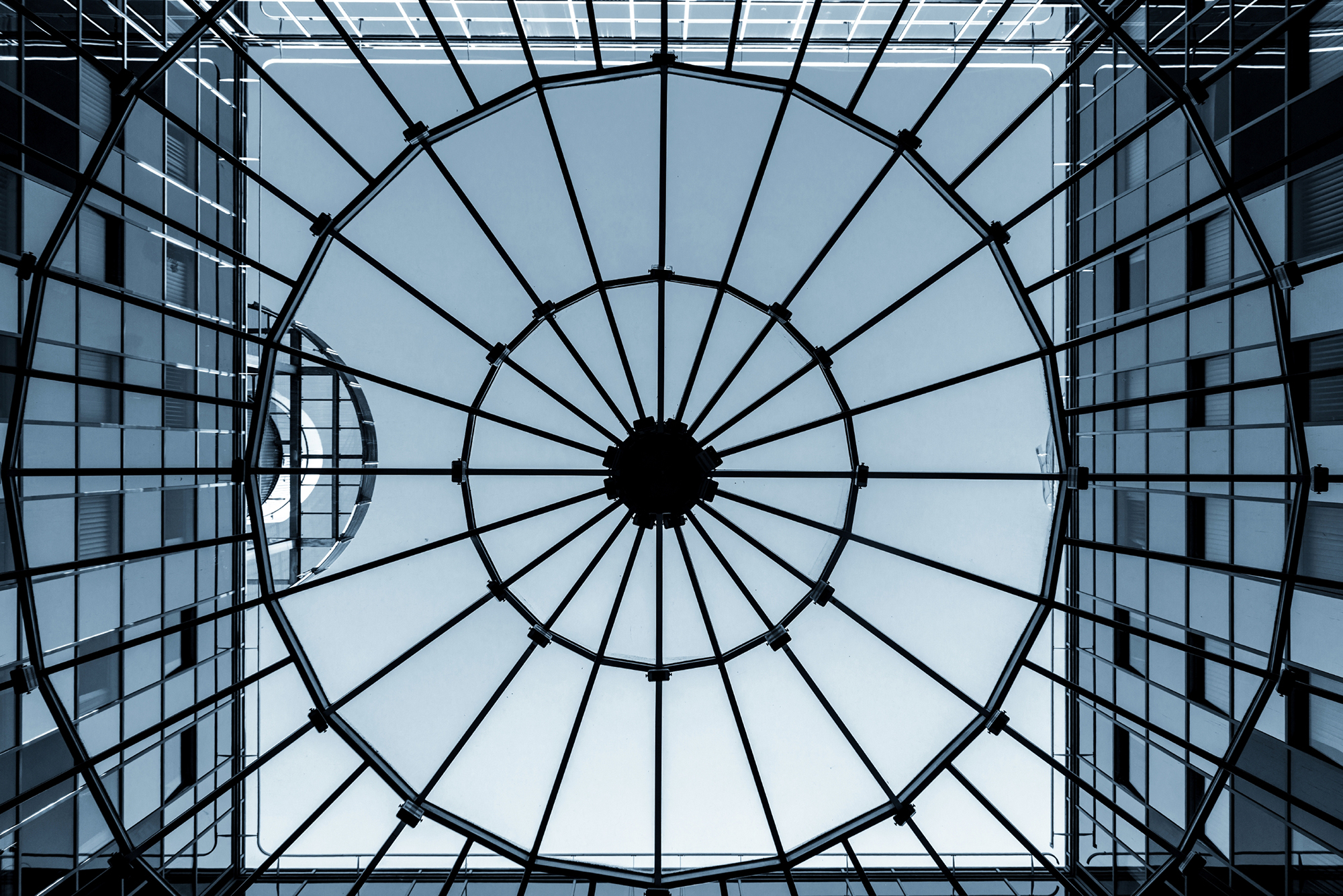‘Climate neutrality plans’ are a novelty introduced by the revised EU Emissions Trading System directive published on 16 May 2023. These climate-neutrality plans are to be drafted by operators of installations, i.e. potentially flat glass manufacturers, whose greenhouse gas emission levels are higher than the 80th percentile of emission levels for each product benchmarks. The granting of free allocation for the purpose of protection against the risk of carbon leakage will be conditional to the drafting of such plans for these installations, sometimes wrongly perceived as less CO2 efficient than other ones.
Glass for Europe responded to the public consultation opened during the summer on the draft European Commission implementing act that defines the content and format of such plans. In its response, Glass for Europe explains the technical and economic constraints and boundaries flat glass manufacturers operate within when it comes to investments in technologies to reduce CO2 emissions from float glass manufacturing. Among those realities are the timing, the availability of technologies, inputs and infrastructure to implement CO2 emission reduction measures. The 5-year targets proposed for the climate neutrality plans are currently not adapted for the flat glass sector as they are too short compared to the investment cycles.
Beneath the required flexibility for the design of such plans, Glass for Europe reminds its position that applying additional penalty on free allocation to industry, independently of the risk of carbon leakage, is not a measure likely to support decarbonisation efforts efficiently.
Link to the Glass for Europe response to the public consultation




